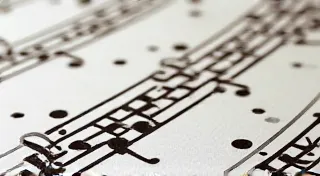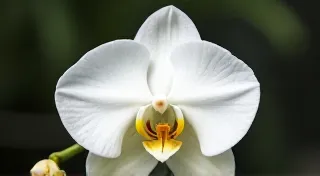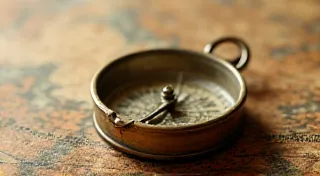Chromatic Reveries: The Art & Science of First Day Covers Color Variations
There’s a particular scent associated with old postal artifacts. A blend of aged paper, faint ink, and the lingering essence of journeys taken. As a boy, I'm certain that scent was the key that unlocked a fascination with First Day Covers (FDCs) – those exquisite envelopes bearing a newly issued stamp, postmarked on the very day of its release. But it wasn't just the romance of the journey that captured my attention; it was the subtle, often bewildering, variations in color that hinted at a deeper story – a story of meticulous craftsmanship, unexpected errors, and the enduring beauty of imperfection. Understanding these chromatic reveries is what separates the casual collector from the serious philatelist.
The pursuit of First Day Covers is, at its heart, a journey into postal history. Each FDC represents a moment in time, a testament to the evolving aesthetics of postage stamps and the mechanisms of mail delivery. But for those specializing in color variations, the journey becomes infinitely more nuanced, a meticulous examination of printing processes and the interplay of pigments. It's a world where a single shade of blue, a slightly darker shade of red, can elevate an otherwise commonplace FDC into a sought-after rarity.
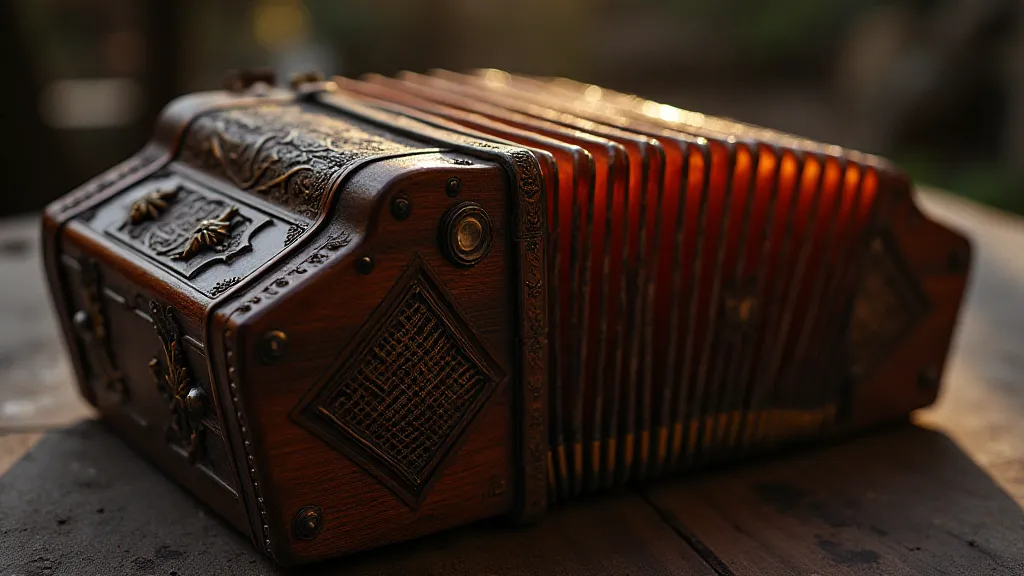
The Science Behind the Shades
To appreciate the appeal of color variations on FDCs, we must first understand the printing processes involved. Historically, postage stamps were produced using a variety of techniques, each prone to its own set of potential errors. Early methods like engraving relied on skilled artisans meticulously carving designs into metal plates. These plates were then inked and pressed onto paper. Variations arose from inconsistent inking, worn plates, or slight differences in the pressure applied during printing.
The advent of lithography offered greater flexibility in design, allowing for the reproduction of more complex images. However, lithographic printing also introduced new avenues for color anomalies. Stone lithography, in particular, required a complex process of transferring images onto stone, and subtle inconsistencies in this process could lead to variations in color density and tone. Offset lithography, which became increasingly common in the mid-20th century, further complicated matters. The multiple printing stages involved—plate making, color separation, and the application of inks—created more opportunities for unintentional variations.
The inks themselves were a significant factor. Early inks were often mixtures of natural pigments, which could vary significantly in intensity and hue depending on the source and preparation methods. Even seemingly minor shifts in humidity or temperature could affect the ink's viscosity and its adherence to the paper, impacting the final color appearance.
Common Types of Color Variations
The world of FDC color variations is vast and specialized, but several recurring types command particular attention among collectors. “Plate flaws” are perhaps the most well-known. These are imperfections in the printing plate that result in distorted or missing portions of the design. Sometimes, these flaws manifest as slight color variations, making the affected stamp appear subtly different from its counterparts.
“Tint blocks” occur when a printing plate that should only have produced a specific color inadvertently deposits a faint, secondary color alongside it. This can result in a stamp appearing to have a slightly different hue – a greenish tinge on a normally red stamp, for example. These are often the result of ink contamination or a malfunctioning color separation process.
Then there are the “shade variations.” These are more subtle and can be incredibly difficult to detect. They arise from slight differences in the ink mixture, the printing conditions, or the paper itself. Identifying shade variations often requires years of experience and a keen eye for detail. I recall spending hours comparing seemingly identical stamps under a magnifying glass, only to discover a minuscule difference in the shade of blue. The thrill of that discovery—the recognition of a rare anomaly—is an experience every serious collector should cherish.
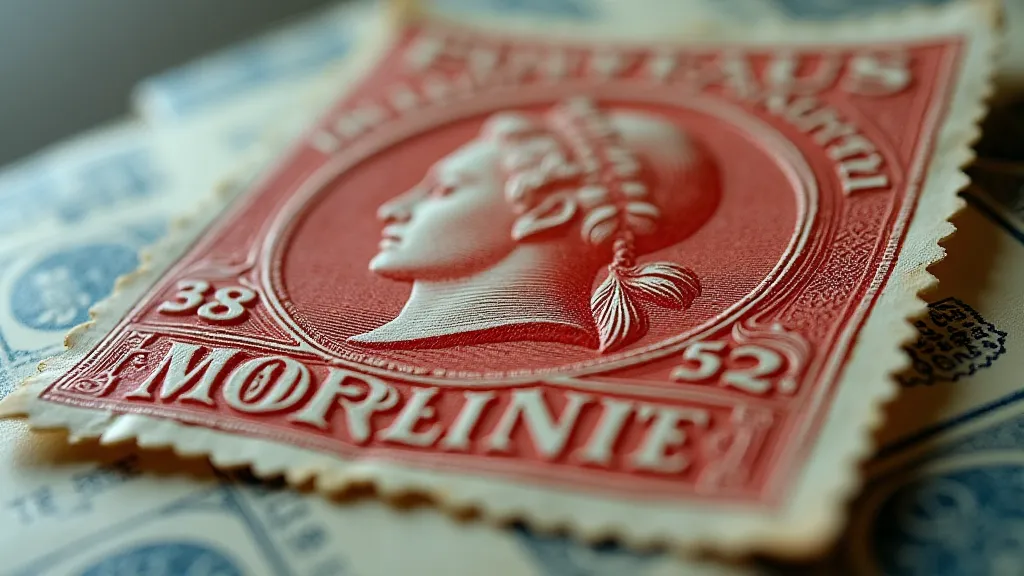
Identifying and Evaluating Variations
Identifying FDC color variations is not simply a matter of visual inspection. It requires a deep understanding of the printing process, access to reliable reference materials, and a critical eye for detail. Collectors often rely on specialized catalogs and databases that document known variations. These resources provide detailed descriptions of the anomalies, including their causes, frequencies, and estimated values.
However, simply matching a stamp to a description in a catalog is not enough. It's crucial to consider the context. The paper stock, the postmark quality, and the overall condition of the FDC all contribute to its value. A minor color variation on a heavily damaged FDC will hold significantly less value than the same variation on a pristine example.
Evaluating the value of a color variation is an art as much as a science. Rarity plays a significant role, but demand also comes into play. A variation that is relatively common may still command a high price if there is strong collector interest. Condition is paramount – a beautifully preserved FDC with a subtle color anomaly will almost always be worth more than a poorly preserved one with the same anomaly.
Preservation and Restoration (A Cautious Approach)
Preserving FDCs, particularly those with color variations, requires a delicate touch. Direct sunlight and high humidity can fade the inks and damage the paper. Storage in archival-quality sleeves and albums is essential. Handling the FDCs with clean, cotton gloves minimizes the risk of transferring oils and dirt.
Restoration should be approached with extreme caution. Any attempt to alter the appearance of a color variation, even with the best intentions, can significantly reduce its value. Minor cleaning to remove surface dirt is sometimes acceptable, but any attempt to retouch or recolor the stamp is generally frowned upon by serious collectors. True philatelic value lies in the authenticity and integrity of the FDC – preserving its history, flaws and all.
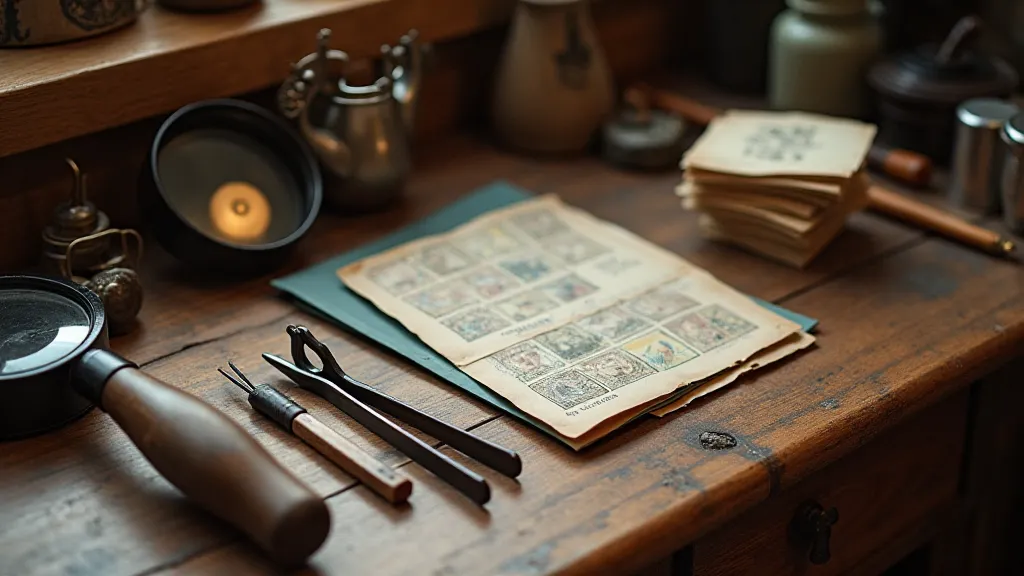
The Enduring Appeal
The pursuit of FDC color variations is more than just a hobby; it's a journey of discovery, a connection to history, and an appreciation for the artistry and science of postage stamps. These subtle anomalies, often overlooked by the casual observer, offer a window into a fascinating world of printing processes, human error, and the enduring appeal of collectible stamps. It’s a reminder that beauty can be found in imperfections, and that even a seemingly commonplace envelope can hold a story worth uncovering. The joy isn’t just in possessing a rare FDC; it’s in understanding the story it tells, and appreciating the unique place it holds in postal history. And for me, it's still that scent—that evocative blend of aged paper and faded ink—that draws me back to the quiet fascination of First Day Covers.
